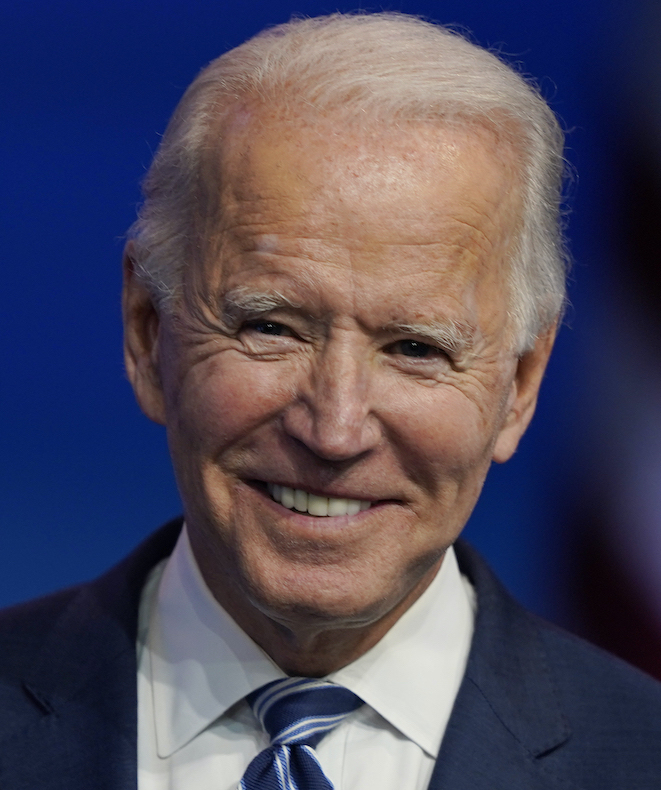100 million COVID-19 vaccine shots for 50 million people in 100 days
Joe Biden
My administration will get "at least 100 million COVID vaccine shots into the arms of the American people in the first 100 days. 100 million shots in the first 100 days."
Biden Promise Tracker

Promise Kept